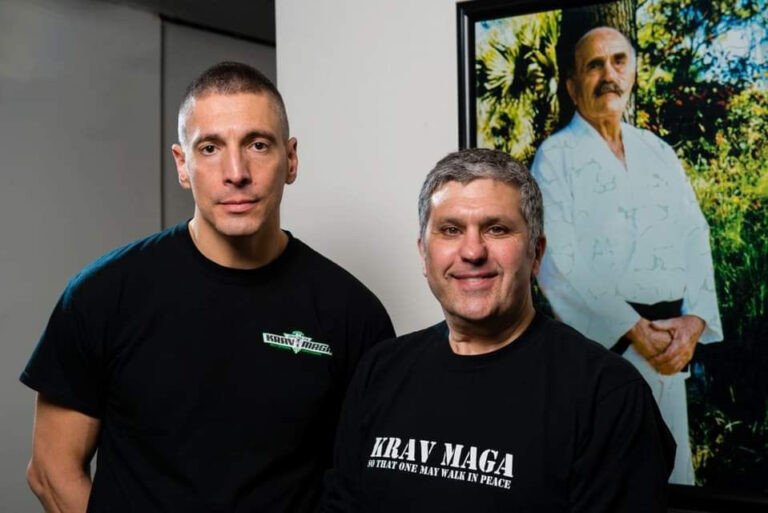One of the greatest difficulties I see students of self defense contend with, is their misplaced need to demonstrate speed in techniques they have just started to learn.
As everybody knows who has ever trained, watching your instructor perform a self defense maneuver, a ‘kata’, or any technique in class makes you, the student, hungry to be as quick, balanced and effective as the demonstration performed. The problem, of course, is that you are watching someone perform a physical maneuver/routine that has been repeated thousands of times through practice. The ability for an instructor to showcase precision, balance and speed comes with the muscle memory of having de-constructed that same move into its various piece parts and working each step through endless drills.
The fact of the matter is that the body needs to have repetition to fully commit itself to not just the motion of a technique, but also to its rhythm. Let us consider the example of a standard jab/cross/hook (1-2-3 combination). It is easy to throw these three punches with speed if you do not concern yourself with proper form. The ability to have speed, power and balance requires that the technique be launched from a proper stance, have a full commitment of hip rotation and utilize proper footwork, not to mention the many aspects of the wrist, elbow and shoulder alignment that ensure proper delivery of each individual strike. So how do you take all these considerations into account and still showcase fists of fury like Bruce Lee?
The answer comes from breaking each individual strike into its “beginning, middle and end” positions. Let’s start with the jab…
Where does the jab actually start its journey from?
How does the lead foot move/pivot in the delivery of the punch?
What is the lead hip doing while it is delivering the punch?
How does the the lead hand rotate as it connects with the target?
What knuckles are you, in fact, hitting with?
Where do you bring that hand after it has hit its target?
Down what path do you bring it back to your starting point?
My goal in listing these varying points is to highlight that when we, as students, rush our techniques so that we can be “fast”, we bypass all these (and other) considerations. The end result is usually a jab that is off-balanced, lacking in real snap while exposing us to counter strikes due to poor defense.
As we apply the same deconstruction to the cross and the hook punch, we realize that there are a lot of body mechanics involved in the delivery of a simple 1-2-3 combination.
The way to practice these strikes is to work them extremely slowly. Audit your body during each phase, determine if your feet are in the correct position, if you are fully using your hips, if you are pivoting your feet, if your elbows sticking out or straight, etc. Each discreet punch has to have a solid foundation in its delivery, if you have any hopes of making a 1-2-3 combination flow smoothly. Once you have achieved the correct technique for each punch, you have to then put them together.
Now, the concept is to have these punches flow as one technique as opposed to three distinct punches. Here is where you have to have the rhythm of the combination in your mind. You have to hear the beat in your head and then marry that beat to the cadence of your strikes. Only after you can deliver a consistent rhythm (as my boxing coach would say, “connect the dots”) you can start to focus on increasing hand speed. Truly a lot to consider, but that is why boxing is called the “sweet science”.
It is easy to forget when we watch Hollywood movies, that many times fight sequences are actually sped up to increase the “wow factor”. Consider Keanu Reeves in “The Matrix”. His sensational kung fu was choreographed and then rehearsed for literally hours at a time to ensure that all the moves were smooth and elegant. Once the scenes were filmed they were then, in turn, sped up by the Director. The same can be said for Matt Damon’s fight sequences in the Jason Bourne movies. My point is, speed as presented in the movies is not a real reflection of how natural combatants move and flow, yet we all try to match Hollywood speed when we enter our training environment.
If speed is what you are hoping to achieve, remember that it begins with mastery of each component of a technique. Mastery of each and every component happens through repetition. After you have achieved mastery, you then connect the techniques to form a combination. At this point your goal is to achieve rhythm and flow through repeating these combinations to the point of achieving muscle memory. After you have completed all the repetitions of all the combinations, you find that your body is finally able to perform at speeds approaching that of the demonstration you watched. It can seem like a long road, but this formula works as every instructor you ever watch can tell you.




